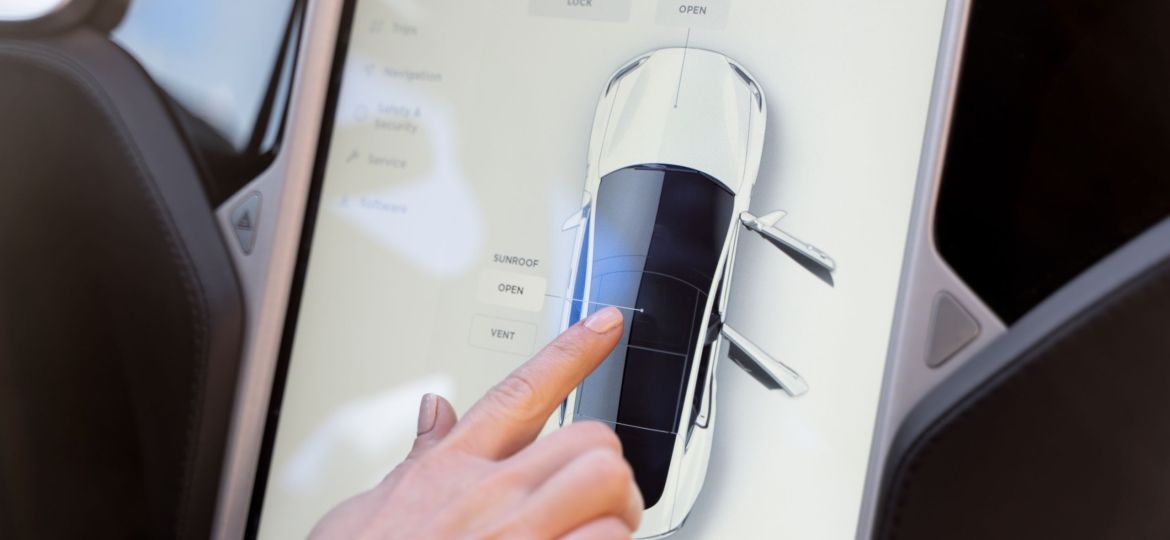As a journalist covering the automobile industry, it’s not my role to advocate for companies. Quite the opposite, in fact. However, I do feel some sympathy. Automakers are all racing toward an eventual all-electric future, but how definitive that future is depends on who you ask. In the meantime, aligning customer desires and demands with tightening emissions regulations, all while managing a capital-intensive business that requires years of planning, is undeniably challenging.
All this is to say that amidst uneven EV sales, American buyers now claim they want plug-in hybrids. But will the customers, automakers, and even charging providers come together simultaneously to make that wish a reality?
This leads into today’s edition of Crucial Materials, our morning roundup of tech and mobility news. Also included: those drastic new anti-China tariffs aren’t as popular as you might think, and Honda is still figuring out what to call its EVs. Let’s dig in.
30%: A Plug-In Hybrid Boom or Bust?
Jeep Wrangler Rubicon 4xe
Consider it an unexpected side effect of the EV transition: consumers are increasingly aware of EVs, but for various reasons, many decide they’re not “ready” yet. However, they seem more open to the idea of hybrids than ever. This is why hybrid sales are beginning to surpass EVs, why automakers like General Motors are reversing previous stances to embrace hybrids, and why Ford is shifting from a planned three-row electric SUV to a hybrid version instead.
Beyond traditional hybrids, plug-in hybrids (PHEVs)—which function like gas-powered cars but also plug in to charge their batteries and offer extended range compared to conventional hybrids—are gaining momentum.
However, here’s the catch: there still aren’t that many PHEVs on the market today. EV options far outnumber them. While more PHEVs are on the horizon, it will take years for them to arrive, raising the question of whether the market will still want them in 2027 or later.
According to a report in the Wall Street Journal:
The number of plug-in hybrid models available in the U.S. has nearly doubled since 2019, reaching 47, according to the automobile research site Edmunds. These include popular models like the Toyota RAV4 and Ford Escape compact SUVs.
Automakers say some car buyers who are interested in going electric still want the safety net of a gas engine. Consumers are also discovering that with significant support from automakers and the government, plug-in hybrids can sometimes be the most affordable option.
In the U.S., the growth of plug-in hybrids has been largely driven by regulations, analysts say.
The Jeep Wrangler and Grand Cherokee accounted for about one-third of U.S. plug-in hybrid sales during the first half of 2024, according to data from the research firm Motor Intelligence.
Global automaker Stellantis, parent company of Jeep, Ram, Dodge, and Chrysler, has paid hefty government fines for failing to meet emissions regulations in the past, partly due to its fuel-thirsty vehicle lineup. The company, which began selling its first all-electric car in the U.S. this year, is leaning into plug-in hybrids as a way to comply with state and federal laws.
A Stellantis representative stated, “Plug-in hybrids balance the need to reduce vehicle emissions and provide customers an entry point to electrified vehicles.”
The PHEV market, however, remains somewhat unusual.
A few brands, like Volvo, BMW, and Lexus, are strong players in this segment. Yet even Toyota’s PHEVs, such as the Prius Prime and RAV4 Prime, are notoriously difficult to find. Stellantis’ offerings, like the aforementioned Jeeps, are often buoyed by steep discounts and incentives because their fuel efficiency helps offset the company’s other gas-guzzling models. Meanwhile, GM plans to re-enter the space, but not for another three years—an eternity in the fast-evolving world of automotive technology.
Additionally, there’s the issue of whether customers will actually charge PHEVs or if they will contribute to the expansion of charging networks. Dealerships’ track records with educating consumers about EVs have been spotty at best.
I view EVs, PHEVs, and hybrids as complementary rather than mutually exclusive in the near term. Reducing gasoline usage and emissions is always beneficial for the planet. However, PHEVs have recently been seen as a kind of Hail Mary strategy, and I think their long-term mainstream success is far from guaranteed.
60%: Not Everyone Likes the China Tariffs
Meanwhile, as China’s electric vehicle industry advances at breakneck speed and expands into regions like Mexico, you might assume every U.S. automotive organization would support the Biden Administration’s stringent new tariffs on Chinese EVs and penalties on battery components sourced from China.
Not quite. According to Reuters, the relationship between China and the U.S. is more intertwined than many realize, and some industry officials in the U.S. are asking for a softer approach:
Manufacturers in sectors ranging from electric vehicles to utility equipment have requested that the proposed higher tariffs be reduced, delayed, or abandoned altogether, and that exclusions be significantly broadened.
90%: Honda Still Hasn’t Named Its Next EVs
The naming of new EVs is a challenge many automakers face, particularly as they aim to retain the brand equity associated with iconic models. Honda, for example, must decide whether to continue using names like Civic, Accord, and CR-V as it transitions to electric platforms or create entirely new names.
100%: What’s the Best Way to Name Cars in an EV World?
Hyundai and Kia seem to have struck gold with their naming strategies, using names like Ioniq and EV6 to create a fresh identity. Established automakers like Honda and Mercedes-Benz, however, may not want a complete reset but rather a gradual evolution.
The right approach will likely vary by brand and region.


